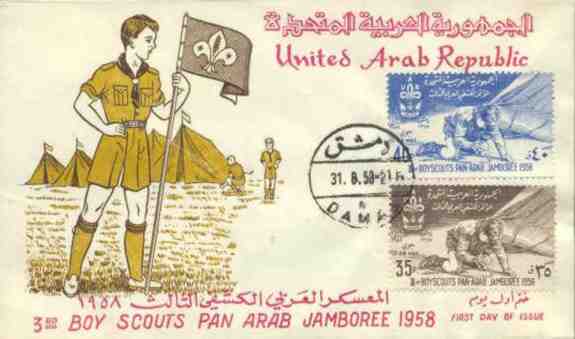
Figure 1.--Arab Scouts followed the British traditiin and wore short pants. They still did so in the 1950s.


Figure 1.--Arab Scouts followed the British traditiin and wore short pants. They still did so in the 1950s. |
Many Arab countries were British colonies are strongly influenced by the British. As a result, the original uniforms in Arab countries were very similar to British Scout uniforms. Almost always the boys wore short pants, even though Arab boys did not normally wear short pants. Gradually national dress items were introduced as part of the uniform. Modern Arab Scouts wear long pants. The short-lived United Arab Republic (UAR) is a good example of this trend. The increasing influence of traditional forces in the Arab world during recent years has been an important factor here. Short pants are not longer considered appropriate for boys of Scout age throughout the Arab world--even for Scouting. Cubs though in many Arab countries do continue to wear shorts.
The United Arab Republic (UAR) was a short lived union of Egypt and
Syria during the time of President Nasser. Actually the union was in name only. The UAR, as were Egypt and Syria, was one of the secular Arab countries. Women were eduvated and did not have to wear veils. Western dress standards for men and women, weithin reason, were more acceptable in these secularized countries than in the more traditional Arab countries like Saudia Arabia.
The stamps and covers shown here show that te UAR Scouts in 1958 wear a very traditional uniform including short pants. Virtually all Scouts around the world, except in America, wore short pants in the 1950s.
The 1958 UAR uniform is a very traditional one. The cap is not shown, but there are no Arab clothing items added to the uniform. The kneesocks even have stripes on the kneesock cuffs as often worn by British Scouts.
Navigate the Boys' Historical Uniform Web Site:
[Main Scout stamp page]
[Introduction]
[Bibliographies]
[Chronology]
[Countries]
[Garments]
[Organizations]
[Frequently Asked Questions]
[Boys' Uniform Home]
